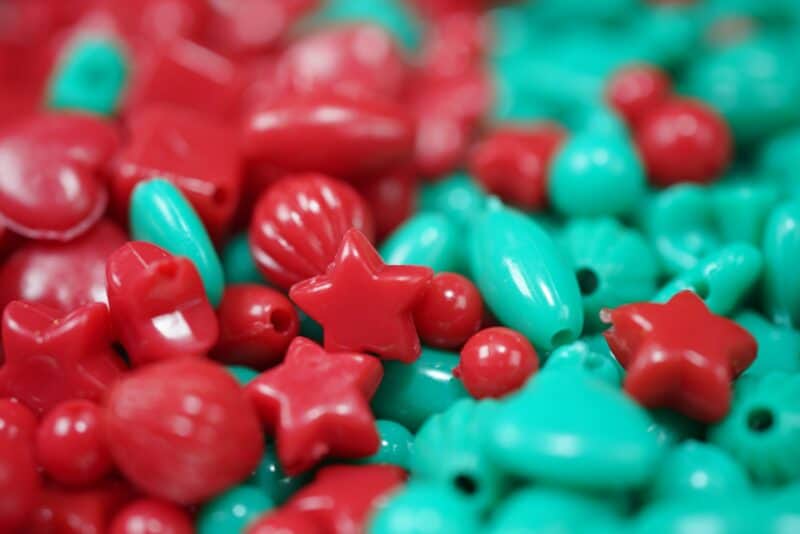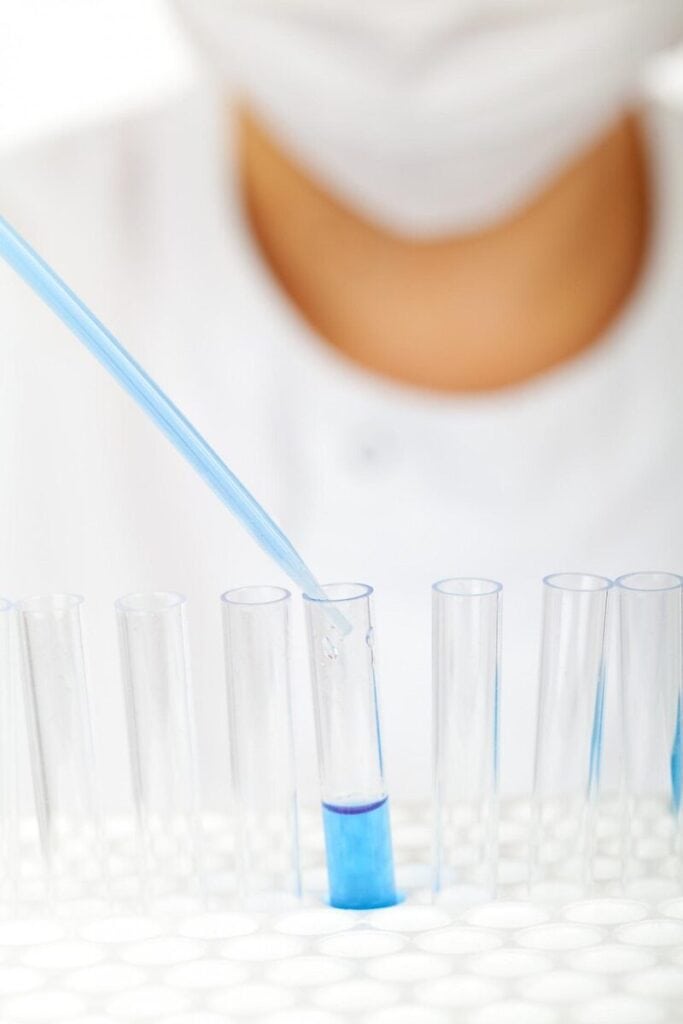A Technical Analysis of Microbiological Testing in Candy Production Lines: Principles, Methods, and Data Interpretation
Introduction: Safeguarding Sweetness with Science
Microbiological testing is a critical part of ensuring safety and quality in the candy industry. Although sugar acts as a natural preservative, candy products such as gummies, chocolates, milk-based candies, and filled sweets remain vulnerable to contamination. Yeasts, molds, and even harmful pathogens can thrive if hygiene is not strictly controlled.
In candy production lines, microbiological testing goes beyond compliance—it is a science-driven process that protects consumer health, extends shelf-life, and maintains brand reputation. This article explores the principles, methods, and data interpretation strategies used in microbiological testing, with direct application to 
Foundational Principles
Distinguishing the Targets
Microbiological risks in candy production fall into three categories:
Pathogens: Although rare in high-sugar environments, pathogens like Salmonella spp., Listeria monocytogenes, and pathogenic E. coli can contaminate raw ingredients such as milk powder, gelatin, nuts, or cocoa. Even small amounts are unacceptable in finished products.
Spoilage Organisms: Yeasts and molds represent the most common issue in candy. They cause visible spoilage, off-flavors, and texture changes, reducing shelf-life and marketability.
Indicator Organisms: Coliforms and total viable counts (TVC) indicate general hygiene levels within production. Their presence highlights weaknesses in cleaning, equipment design, or environmental control.

Core Objectives of Testing
Candy manufacturers use microbiological testing to answer two essential questions:
Detection (Qualitative): Is a pathogen present? For example, Salmonella in chocolate must always be absent.
Enumeration (Quantitative): How many organisms are present? Yeast and mold counts, expressed as CFU/g, help predict shelf-life and verify sanitation effectiveness.
Classical Microbiological Methods in Candy Production
Culture-based methods remain the gold standard for candy quality control.
Sample Preparation: Products like sticky caramels or gelatin-based gummies are homogenized and diluted before plating to achieve countable colonies.
Culture Media:
Plate Count Agar (PCA) for total counts.
Dichloran Rose Bengal Chloramphenicol (DRBC) agar for molds.
Baird-Parker Agar for Staphylococcus aureus.
Incubation: Mold detection in candies often requires 5–7 days of incubation at lower temperatures, since these organisms grow more slowly than bacteria.
Limitations: Long turnaround times (days), manual workload, and potential underestimation of “viable but non-culturable” microbes make culture-based testing less ideal for rapid-release candy products.
Modern Rapid Methods
PCR (qPCR) in Candy Production
PCR enables highly specific detection of pathogens such as Salmonella in chocolate or Listeria in milk-based candies. Despite challenges posed by complex sugar and fat matrices, optimized DNA extraction kits help eliminate inhibitors. qPCR provides results in 24–48 hours, much faster than classical culture.
ELISA
ELISA tests are used for detecting microbial toxins or allergens in candies, especially in filled products that combine multiple ingredients (e.g., nut-filled chocolates).
ATP Bioluminescence
ATP testing is widely used for sanitation verification in candy production lines. Swabbing conveyor belts, molds, or packaging stations provides real-time results in minutes, ensuring cleaning protocols are effective.
Interpreting Microbiological Data in Candy Production
Setting Limits
Specification Limit: For pathogens like Salmonella, the limit is absolute—zero detection.
Action Limit: For yeast and mold counts in gummies, manufacturers may set thresholds (e.g., <100 CFU/g). Exceeding this level requires corrective cleaning or raw material review.
Alert Limit: Early warning levels help detect hygiene drift before it affects shelf-life.
Trend Analysis
By monitoring yeast and mold counts over time, candy producers can identify rising trends linked to seasonal humidity, raw material variability, or inadequate drying processes.
Common Troubleshooting in Candy Lines
| Observation | Likely Cause | Recommended Action |
|---|---|---|
| High yeast counts in gummies | Excess moisture after cooking or poor drying | Verify moisture control and optimize drying step |
| Mold detected in chocolate | Contaminated nuts, improper storage | Inspect raw nut suppliers; review storage humidity control |
| Sporadic Salmonella detection | Contaminated milk powder or cross-contamination | Tighten supplier audits; deep clean powder handling equipment |
| High ATP but low microbial count | Sugar residues after cleaning | Review rinsing procedures; check for sticky build-up in molds |
Standards and Regulatory Framework
Candy manufacturers must comply with strict food safety standards, including:
FDA BAM (Bacteriological Analytical Manual) for U.S. products.
ISO 21527 for yeast and mold enumeration.
EU Regulations (EC No 2073/2005) for microbiological criteria in food.
HACCP Systems requiring microbiological monitoring at critical control points.
Future Trends in Candy Microbiological Testing
Industry 4.0 Integration: Online sensors connected to IoT platforms for real-time hygiene monitoring.
Whole Genome Sequencing (WGS): For tracing pathogen sources in ingredient supply chains (e.g., gelatin or cocoa).
AI-Driven Predictive Models: Forecasting contamination risks based on environmental and seasonal data.
Combination Systems: Integrating checkweighers, metal detectors, and microbiological monitoring into one inspection hub.
Conclusion
Microbiological testing in candy production is both a regulatory requirement and a strategic quality tool. From traditional plating methods to rapid PCR and ATP testing, each approach offers unique strengths.
By mastering these techniques and interpreting data effectively, candy manufacturers can safeguard consumer safety, ensure product consistency, and protect brand trust. As Industry 4.0 technologies advance, microbiological testing will evolve from a compliance measure into a proactive engine of quality, efficiency, and innovation in the sweet world of candy production.
- FDA – U.S. Food and Drug Administration https://www.fda.gov/
- AOAC International – Association of Official Analytical Chemists https://www.aoac.org/
- ISO – International Organization for Standardization https://www.iso.org/
- USDA – United States Department of Agriculture https://www.usda.gov/
- CDC – Centers for Disease Control and Prevention https://www.cdc.gov/
- American Society for Microbiology (ASM) https://asm.org/
- WHO – World Health Organization https://www.who.int/
- ASTM International – Microbiology Testing Standards https://www.astm.org/
- United States Pharmacopeia (USP) https://www.usp.org/
- European Pharmacopoeia (EDQM) https://www.edqm.eu/







